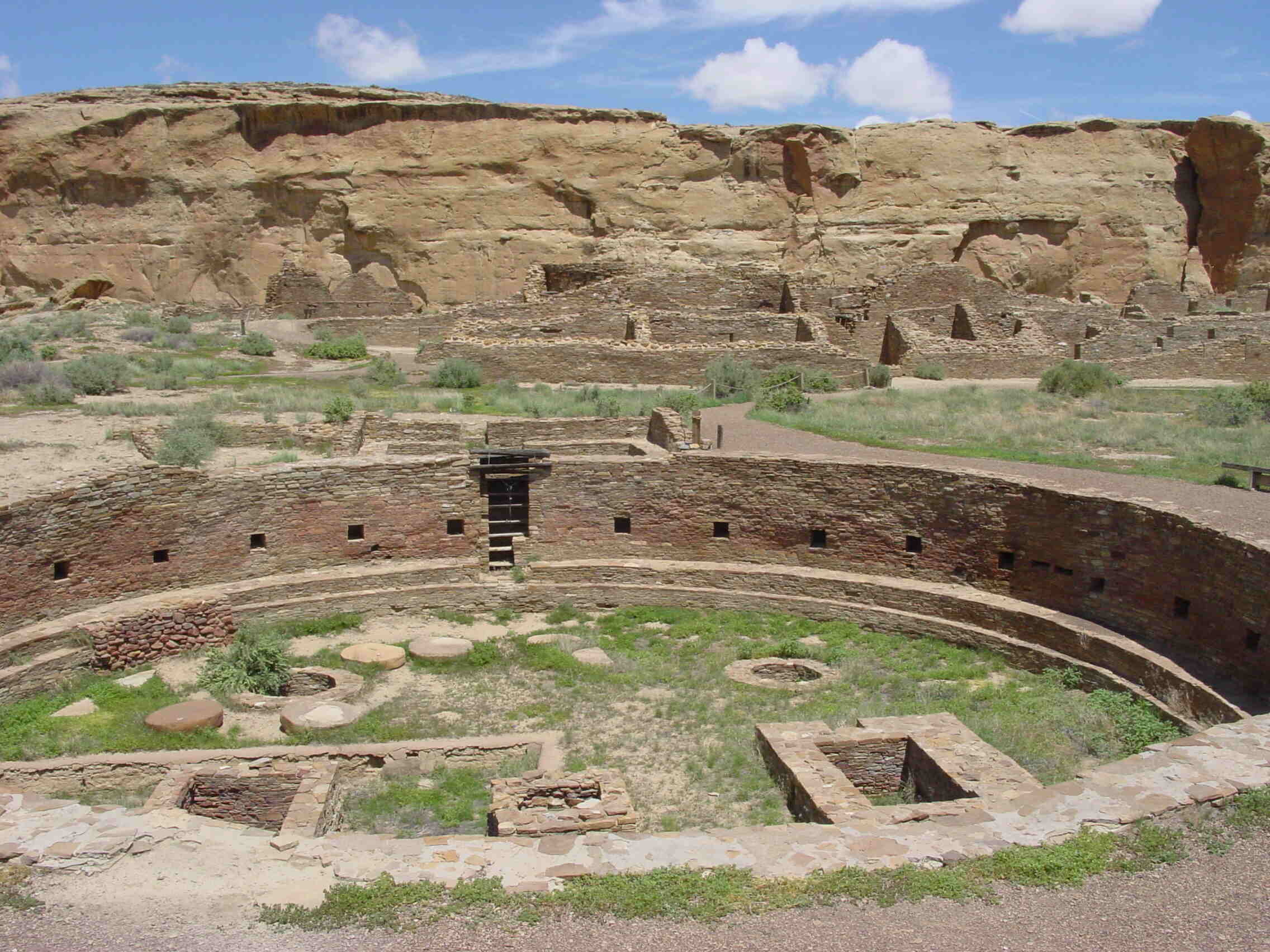Secrets Of New Mexico’s Chaco Culture Trade Routes

Have you ever wondered how ancient civilizations traded goods without modern technology? New Mexico's Chaco Culture offers a fascinating glimpse into this mystery. Chaco Canyon, a UNESCO World Heritage site, was once a bustling hub of commerce and culture. The Chaco Culture trade routes connected distant communities, allowing the exchange of turquoise, pottery, and even exotic birds. These ancient highways spanned hundreds of miles, showcasing the ingenuity and resourcefulness of the Chacoans. Exploring these routes not only reveals the rich history of the Southwest but also provides insight into the daily lives of its ancient inhabitants. Ready to uncover the secrets of these ancient pathways? Let's dive in!
Ancient Trade Routes of Chaco Culture
New Mexico's Chaco Culture National Historical Park holds secrets of ancient trade routes that connected civilizations. These routes were vital for the exchange of goods, ideas, and culture. Let's explore some key locations along these historic paths.
1. Chaco Canyon
Chaco Canyon served as the heart of the Chacoan world. This central hub connected various outlying communities through an extensive network of roads.
- Great Houses: Massive stone buildings like Pueblo Bonito and Chetro Ketl.
- Kivas: Circular ceremonial rooms used for religious rituals.
- Petroglyphs: Rock carvings that tell stories of the past.
2. Aztec Ruins
Located north of Chaco Canyon, Aztec Ruins played a significant role in the trade network. This site features impressive architecture and artifacts.
- Great Kiva: A large ceremonial structure reconstructed to its former glory.
- West Ruin: A well-preserved great house with over 400 rooms.
- Artifacts: Pottery, tools, and jewelry that highlight trade connections.
3. Salmon Ruins
Salmon Ruins, situated along the San Juan River, was another key trade center. This site showcases the architectural prowess of the Chacoans.
- Great House: A multi-story building with intricate masonry.
- Museum: Exhibits that display artifacts and explain the site's history.
- Heritage Park: A living history museum with reconstructed dwellings.
4. Chimney Rock
Chimney Rock, perched high in the San Juan Mountains, served as an astronomical observatory and trade outpost.
- Twin Spires: Natural rock formations that guided travelers.
- Great House: A structure aligned with lunar standstills.
- Astronomical Significance: Evidence of Chacoans' advanced knowledge of astronomy.
5. Casas Grandes
Located in northern Mexico, Casas Grandes (Paquimé) was a major trade hub that connected the Chacoans with Mesoamerican cultures.
- Ball Courts: Indicating cultural exchange with Mesoamerican societies.
- Effigy Mounds: Earthworks shaped like animals, showcasing artistic influence.
- Pottery: Distinctive polychrome pottery traded across regions.
6. Mesa Verde
Mesa Verde, known for its cliff dwellings, was part of the Chacoan trade network. This site offers a glimpse into the daily lives of the Ancestral Puebloans.
- Cliff Palace: The largest cliff dwelling with over 150 rooms.
- Spruce Tree House: A well-preserved dwelling accessible to visitors.
- Balcony House: A challenging climb rewards with stunning views.
7. Hovenweep
Hovenweep, straddling the Colorado-Utah border, features unique stone towers and structures. This site was a crucial link in the trade network.
- Square Tower Group: A cluster of multi-story towers.
- Cajon Group: Structures built on the edge of a canyon.
- Holly Group: Buildings with distinctive masonry styles.
8. Bandelier
Bandelier National Monument, located in northern New Mexico, showcases the ingenuity of the Ancestral Puebloans. This site was connected to the Chacoan trade routes.
- Frijoles Canyon: Home to numerous cliff dwellings and petroglyphs.
- Tyuonyi: A large circular pueblo with over 400 rooms.
- Alcove House: A cliff dwelling accessible by ladders.
9. Pecos National Historical Park
Pecos National Historical Park, situated in the Sangre de Cristo Mountains, was a major trade center and cultural crossroads.
- Pecos Pueblo: A large pueblo with a rich history of trade and conflict.
- Mission Church: Ruins of a Spanish mission built in the 17th century.
- Glorieta Pass: A historic battlefield with interpretive trails.
10. Zuni Pueblo
Zuni Pueblo, one of the oldest continuously inhabited communities in the United States, played a vital role in the Chacoan trade network.
- Zuni Pottery: Renowned for its intricate designs and craftsmanship.
- Old Zuni Mission: A historic church with beautiful murals.
- Zuni Fetishes: Carved stone animals used in religious ceremonies.
Chaco Culture's Lasting Impact
Chaco Culture's ancient trade routes reveal a rich history of commerce, culture, and innovation. These pathways connected distant communities, fostering exchange of goods, ideas, and traditions. The intricate network of roads and trails showcases the ingenuity and determination of the Chacoan people. Exploring these routes offers a glimpse into their daily lives and the vast reach of their influence.
Understanding Chaco Culture's trade routes helps appreciate the complexity and sophistication of ancient societies. These routes were more than just paths; they were lifelines that sustained and enriched the Chacoan civilization. By studying them, we gain insight into how interconnected and advanced these ancient people were.
Chaco Culture's legacy endures through these trade routes, reminding us of the importance of connectivity and cultural exchange. Their story continues to inspire and educate, highlighting the enduring impact of their achievements.

